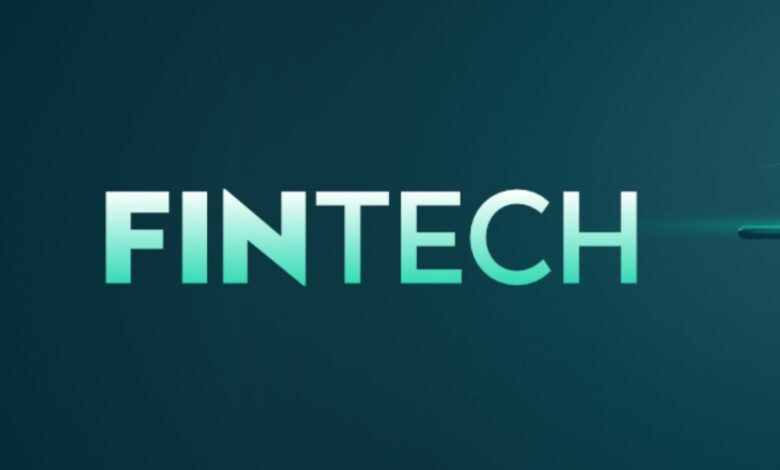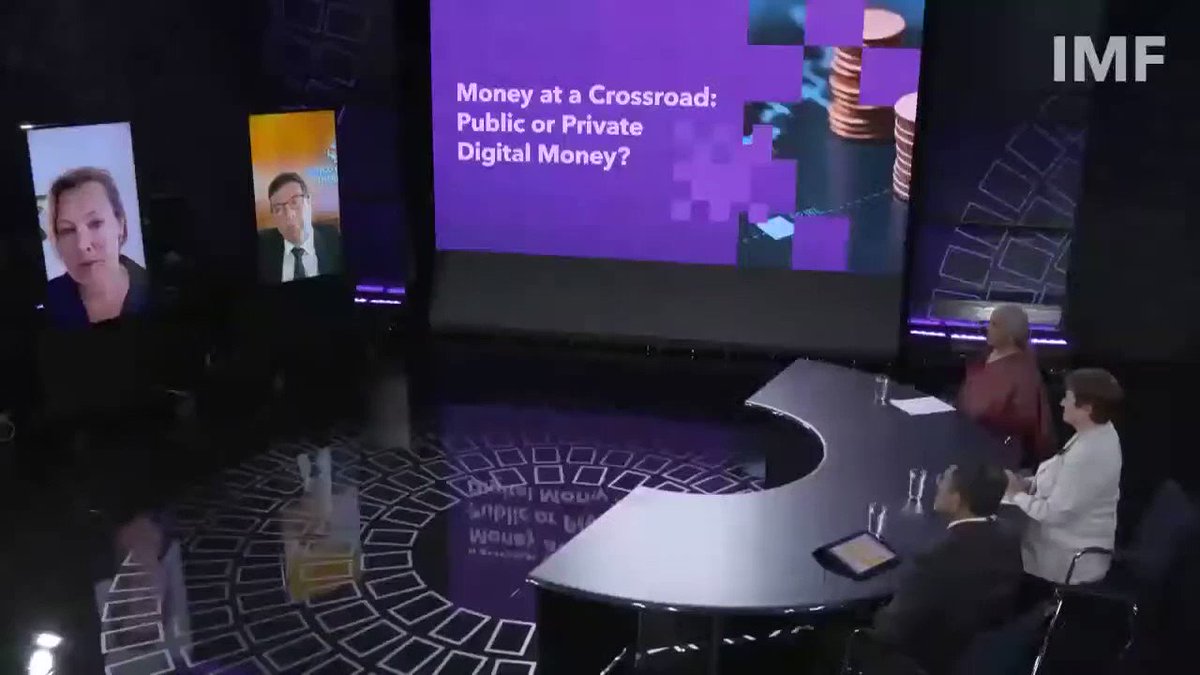The fintech sector owns a powerful 1 in 4 startups, 20 unicorns in 2-3 years, as revealed by the Finance Minister
Fintech sector owns powerful 1 in 4 startups

Finance Minister Nirmala Sitharaman revealed that the Fintech sector is associated with approximately 1 in 4 startups. She further revealed that the industry is increasingly becoming unicorns or startups that have a valuation of more than $1 billion.
Union Finance Minister Nirmala Sitharaman conveyed that our country India has the most significant startup economy with the fintech sector as it is becoming one of the most preferred sectors. She revealed that a total of 1 in 4 startups belong to fintech.
Sitharaman spoke with Cristalina Georgieva, Managing Director of the International Monetary Fund (IMF), in a high-level panel discussion on “money at the crossroads.” She states, “By the way, a quarter of startups belong to the Fintech sector world and are now becoming more and more unicorns, with 20 unicorns emerging in the last 23 years,” said the Minister of Finance. The increase in the whole growth is responsible for making 20 unicorns in 2-3 years.

In this discussion, the Minister of Finance also emphasised that India’s digital adoption rate in 2019 will be 85%. “Using 2019 data, India’s digital adoption rate is about 85 per cent, but globally, it was only about 64 per cent in the same year. So the pandemic helped us test and prove that it was easy for us to use and that the general public could use it, and the adoption was actually established, “she said in a discussion.
She also said the government has been working to build a framework for digital infrastructure over the last decade, emphasising the increase in digital adoption in India during the COVID 19 pandemic. “We have spent a lot of time as a government over the last decade building a digital infrastructure framework that has secured elements of data security and privacy and created the Indian stack,” said the Minister of Finance.

The Indian stack is described as a “natively developed technology-driven enabler” for digital innovation such as open API platforms, AADHAAR, UPI, etc. Moreover, this stack is used for the public good. In addition to meetings with the World, the IMF, the G20 and the Financial Action Task Force (FATF), Sitharaman also attended an event hosted by the Washington, DC-based think tank AtlantiCouncil.
The Treasury Secretary’s visit to the United States includes various bilateral communications, including Sri Lanka, South Africa and South Korea, as well as high-level meetings with World Bank President David Malpass. After these meetings, Sitharaman will arrive in San Francisco on April 24th to interact with business leaders. She also interacts with Stanford University students and faculty. Sitharaman departs for India on April 27th.
About Fintech Sector
The fintech sector is an acronym derived from the period monetary technology, which refers to financial technology. The very definition of fintech may be extensive as it relates to virtual answers associated with the movement of money. However, it’s miles well worth remembering that the fintech enterprise now no longer consists of banks, even though they offer online monetary offerings those days.
However, the best corporations that perform solely online and do now no longer have bodily branches are categorised as the fintech sector. In addition, those entities no longer ought to meet the necessities committed to the banking sector, as they’re now no longer banks and perform as start-ups in many instances.
India’s fintech market
Affle’s integrated mobile advertising platform MAAS has partnered with Adjust to publish a Fintech sector report entitled “Decoding the New Regular FinTech Gold Rush.” According to the report, the Indian fintech market is estimated to the US $ 150.16 trillion by 2025. Focusing on the entire FinTech industry in India and Southeast Asia, but on building user acquisition campaigns for FinTech app campaigns.
According to the report, India and Southeast Asia have low penetration of financial services beyond the urban population, especially with the spread of smartphones in these markets; the fintech sector will expand its reach to the Tier 2, Tier 3 and beyond markets. It gives an undeveloped opportunity. The fintech sector also offers the chance to meet the needs of Generation Z and Millennials, who are tech-savvy in financial management across all economic categories, including insurance, loan repayment, and purchase or sale or investment of financial assets.

The report further added that app installs on INSEA increased by 41% in 2021. In addition, Indians spent the most time on the app at 17 minutes and 38 seconds per session. Cryptocurrency apps accounted for 12% of all Fintech sector app sessions, but Neo Banking apps recorded more daily and monthly active users in Southeast Asia in 2021 compared to traditional banking apps.

Vipul Kedia, Chief Data and Platform Officer and Head of Business (India) at MAAS, states that cashless transactions dominate our purchases. “Young people want to regulate their finances and break away from traditional models. The demand for financial management supports the industry in terms of innovation and delivery. This year, Alternative Lending, Digital. Subvertical fintech industries such as Wealth Management and Neobank will emerge as the mainstream players in the industry, “he added.
As the fintech sector develops, the app marketer community can take advantage of this situation to reach the Tier 2 and Tier 3 markets with a variety of channel approach, including brand loyalty, video ads guiding fintech apps, and promoting messages. In addition, encourage influencer promotion and social verbalisation. Marketing. Over the next few years, we will challenge FinTech brands to target the right audience for the right products while keeping user acquisition costs down and building a high-value user base for the rest of their lives.
Finance Minister Nirmala Sitharaman revealed that the Fintech sector is associated with approximately 1 in 4 startups. She further revealed that the industry is increasingly becoming unicorns or startups that have a valuation of more than $1 billion.
Union Finance Minister Nirmala Sitharaman conveyed that our country India has the most significant startup economy with the fintech sector as it is becoming one of the most preferred sectors. She revealed that a total of 1 in 4 startups belong to fintech.
Sitharaman spoke with Cristalina Georgieva, Managing Director of the International Monetary Fund (IMF), in a high-level panel discussion on “money at the crossroads.” She states, “By the way, a quarter of startups belong to the Fintech sector world and are now becoming more and more unicorns, with 20 unicorns emerging in the last 23 years,” said the Minister of Finance. The increase in the whole growth is responsible for making 20 unicorns in 2-3 years.

In this discussion, the Minister of Finance also emphasised that India’s digital adoption rate in 2019 will be 85%. “Using 2019 data, India’s digital adoption rate is about 85 per cent, but globally, it was only about 64 per cent in the same year. So the pandemic helped us test and prove that it was easy for us to use and that the general public could use it, and the adoption was actually established, “she said in a discussion.
She also said the government has been working to build a framework for digital infrastructure over the last decade, emphasising the increase in digital adoption in India during the COVID 19 pandemic. “We have spent a lot of time as a government over the last decade building a digital infrastructure framework that has secured elements of data security and privacy and created the Indian stack,” said the Minister of Finance.

The Indian stack is described as a “natively developed technology-driven enabler” for digital innovation such as open API platforms, AADHAAR, UPI, etc. Moreover, this stack is used for the public good. In addition to meetings with the World, the IMF, the G20 and the Financial Action Task Force (FATF), Sitharaman also attended an event hosted by the Washington, DC-based think tank AtlantiCouncil.
The Treasury Secretary’s visit to the United States includes various bilateral communications, including Sri Lanka, South Africa and South Korea, as well as high-level meetings with World Bank President David Malpass. After these meetings, Sitharaman will arrive in San Francisco on April 24th to interact with business leaders. She also interacts with Stanford University students and faculty. Sitharaman departs for India on April 27th.
About Fintech Sector
The fintech sector is an acronym derived from the period monetary technology, which refers to financial technology. The very definition of fintech may be extensive as it relates to virtual answers associated with the movement of money. However, it’s miles well worth remembering that the fintech enterprise now no longer consists of banks, even though they offer online monetary offerings those days.
However, the best corporations that perform solely online and do now no longer have bodily branches are categorised as the fintech sector. In addition, those entities no longer ought to meet the necessities committed to the banking sector, as they’re now no longer banks and perform as start-ups in many instances.
India’s fintech market
Affle’s integrated mobile advertising platform MAAS has partnered with Adjust to publish a Fintech sector report entitled “Decoding the New Regular FinTech Gold Rush.” According to the report, the Indian fintech market is estimated to the US $ 150.16 trillion by 2025. Focusing on the entire FinTech industry in India and Southeast Asia, but on building user acquisition campaigns for FinTech app campaigns.
According to the report, India and Southeast Asia have low penetration of financial services beyond the urban population, especially with the spread of smartphones in these markets; the fintech sector will expand its reach to the Tier 2, Tier 3 and beyond markets. It gives an undeveloped opportunity. The fintech sector also offers the chance to meet the needs of Generation Z and Millennials, who are tech-savvy in financial management across all economic categories, including insurance, loan repayment, and purchase or sale or investment of financial assets.

The report further added that app installs on INSEA increased by 41% in 2021. In addition, Indians spent the most time on the app at 17 minutes and 38 seconds per session. Cryptocurrency apps accounted for 12% of all Fintech sector app sessions, but Neo Banking apps recorded more daily and monthly active users in Southeast Asia in 2021 compared to traditional banking apps.

Vipul Kedia, Chief Data and Platform Officer and Head of Business (India) at MAAS, states that cashless transactions dominate our purchases. “Young people want to regulate their finances and break away from traditional models. The demand for financial management supports the industry in terms of innovation and delivery. This year, Alternative Lending, Digital. Subvertical fintech industries such as Wealth Management and Neobank will emerge as the mainstream players in the industry, “he added.
As the fintech sector develops, the app marketer community can take advantage of this situation to reach the Tier 2 and Tier 3 markets with a variety of channel approach, including brand loyalty, video ads guiding fintech apps, and promoting messages. In addition, encourage influencer promotion and social verbalisation. Marketing. Over the next few years, we will challenge FinTech brands to target the right audience for the right products while keeping user acquisition costs down and building a high-value user base for the rest of their lives.
edited and proofread by nikita sharma




